Originally featured in Advertising Week
Looking back on the time when viewability was controversial really puts our industry in perspective. Brands relied on viewability to avoid fraud and badly designed user experiences, and in that way, viewability helped a lot. Years have gone by, and we’re all still relying on viewability, which is now dramatically underselling the value of many digital media placements. We’ve essentially outgrown viewability, but we haven’t given it up.
Our research finds that there are other elements beyond viewability that are much better predictors of performance: share of voice, animation, contextual alignment, and prominent branding all drive higher performance than viewability.
If this is the case, surely we can update our industry-standard to use attention metrics, which are much better at incorporating these elements that really do move the needle for brands.
Is attention an “end-all” metric? No. Does attention deliver a higher level of performance than viewability? Yes.
If we can still get what we need plus more, then we should consider a shift.
The Last Straw With Viewability
People are exposed to around 10,000 ads per day. From Superbowl commercials to Google search results — not every ad is going to be memorable or relevant. It’s the advertiser’s job to cut through the clutter.
One way to do that is to increase the minimum standard that is in place for many ads that are delivered today. Back when viewability became a standard, brands were buying for low prices and scale. They weren’t doing the best job at vetting media partners, and they weren’t using frequency caps very effectively. Essentially, any ad that was “in view” was counted towards the popular goal of “deliver in full.”
Brands have gotten much savvier. They now do the math on their total addressable audience. They use more frequency caps, and they are willing to pay more for better placements. They can afford to up the ante on what’s considered a viable ad. Moving from minimum viewability standards to minimum attention standards is one way to do that.
Recently, we placed a bet that guaranteed viewability alone could not deliver higher performance, and the data proved us right. We looked at a few different ways to increase attention. For example, we found that high-impact ads scored 2x higher across unaided recall, aided recall, and brand recognition. We also tested contextual relevance and found that CPG brands using contextual targeting saw a 2x higher conversion rate when their ad is adjacent to food and recipe content vs. pop culture content.
At the same time, we worked with partners to create a test campaign that guaranteed a certain attention standard, and the results were significantly better. Our approach could be used by anyone:
- Select a third-party attention vendor to measure media attention.
- Agree upon a minimum attention rating for campaign or placement, CPM, and impressions.
- Allow publishers to control an average rating as they deliver a mix of placements. (This allows publishers to embrace attention metrics before having to completely redesign their portfolio around the metric.)
- Settle the campaign based on the average attention score. Any shortfalls can be amended by adding attention from make-good impressions to the average calculation.
This process might look familiar because it’s essentially the same as the viewability process in place today.
Turning Our Attention to Attention
Of course, there will be some bumps in the road as the industry embraces attention over viewability. It took publishers a lot of work to update their sites in order to guarantee minimum viewability standards, which ultimately was a good thing for user experience and ad performance. Many publishers worried that doing so would hurt their revenue, but this move to higher standards created better outcomes which allowed publishers to charge more and gain better loyalty from media buyers.
The same will likely be true for attention. The publishers with the best attention performance and the fastest adoption of attention-based buying will be able to command higher prices and see stronger loyalty as brands realize that it directly translates to better performance.
Like viewability, there will also likely be a back-and-forth about the right “standard.” Right now, using an average makes it easier for publishers as they figure out how to incorporate attention into their product design, but eventually, we might get to a requirement for every ad placement. Similarly, companies like Adelaide are emerging just like DoubleVerify and IAS to provide measurement and reporting. This might be the right answer long term, or there might be an open-source option that works.
What’s more, leaning into more meaningful metrics like attention helps marketers focus on quality and helps them become more efficient, which can become a lever in their quest for sustainability. Every additional impression sent out creates a carbon footprint. If brands run fewer, more effective impressions, they can reduce total impressions and the emissions associated with that.
The point is — all of the pieces of the puzzle are on the table. The tools are there, the outcomes are better. It’s just a matter of making it happen.

-1.png?height=100&name=image%20(4)-1.png)
